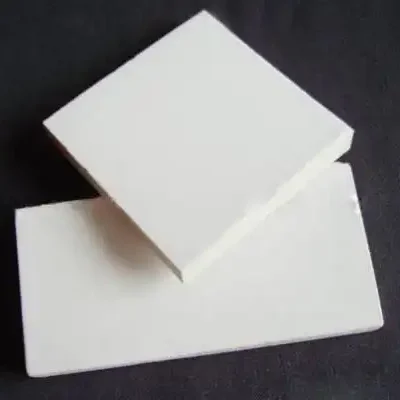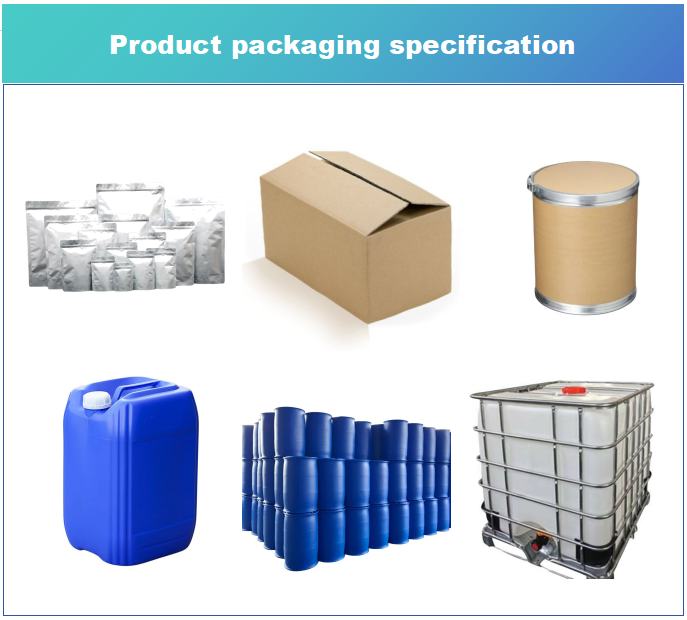Professional Premium Aluminum Oxide Products Supplier
Alumina Plate
A Brief Overview of Alumina Ceramic Plates
Alumina ceramic plate is an advanced ceramic material made from high purity Aluminum Oxide (Al₂O₃) as the main component. This material has extremely high hardness, good electrical insulation and chemical stability, and is suitable for applications in a variety of extreme environments. It can be precision machined to form thin plate-like structures with excellent mechanical strength and thermal stability, making it ideal for use in electronics, mechanical engineering, aerospace and other fields. Alumina ceramic plates are not only able to withstand high temperatures and corrosive media, but also have a low coefficient of thermal expansion, reducing the risk of deformation caused by temperature changes. Its surface can be polished to obtain a mirror effect, and it is widely used in applications requiring abrasion and corrosion resistance and good thermal conductivity.

Specifications Table for Alumina Ceramic Plates
| Parameter | Specification |
|---|---|
| Material Composition | High-purity alumina (Al₂O₃) |
| Purity Level | ≥99.5% |
| Hardness | Vickers hardness > HV1800 |
| Maximum Operating Temperature | Up to 1700°C |
| Thermal Conductivity | Moderate, depending on grade |
| Coefficient of Thermal Expansion | Low, typically around 7.5 x 10^-6 /°C |
| Electrical Insulation | Excellent, high dielectric strength |
| Chemical Resistance | Resistant to most acids and alkalis |
| Surface Finish | Smooth, can be polished to a mirror finish |
| Standard Sizes | Various sizes available, custom options possible |
| Color | White or off-white |
| Packaging | Individually wrapped, quantity packed |
Advantageous features of alumina ceramic plate
Alumina ceramic plate stands out from the crowd with its range of superior characteristics. First, it has excellent hardness and abrasion resistance, which allows it to be used for long periods of time in highly abrasive environments without being easily damaged. Secondly, alumina ceramic plates exhibit excellent electrical insulation properties and remain stable under high voltage environments, making them ideal for use in power transmission and the encapsulation of electronic components. Furthermore, the material is highly resistant to acid and alkali solutions and hardly reacts with any chemicals, ensuring reliability under harsh conditions. In addition, alumina ceramic plates have a moderate thermal conductivity and a low coefficient of thermal expansion, which reduces the possibility of stress damage due to temperature differences. Finally, it is biocompatible and can be used in the manufacture of medical devices such as artificial joints and other implants.
Manufacturing Process for Alumina Ceramic Plates
The manufacturing process of alumina ceramic plates is complex and delicate, and each step is critical, from the selection of raw materials to the output of the finished product. The first step is raw material preparation, where high-purity alumina powder is selected and appropriate amounts of sintering aids and other ingredients are added as needed. Next is the molding stage, where the mixed powder is made into slabs by dry pressing, isostatic pressing or casting. This is followed by sintering, a critical step in determining the properties of the final product, which takes place at strictly controlled temperatures to ensure that the material densifies sufficiently and achieves the desired physical properties. After sintering, the ceramic plate undergoes a series of post-processing procedures, including cutting, grinding and polishing, to meet the requirements for dimensional accuracy and flatness. Finally, all finished products must undergo rigorous testing, including appearance checks, dimensional measurements and various performance tests, and only products that fully meet the standards can be placed on the market.
Application areas of alumina ceramic plates
Alumina ceramic plates find a wide range of applications in several high-tech fields due to their excellent properties. In the electronics industry, they are used as integrated circuit substrates, heat sinks and capacitor housings, utilizing their excellent electrical insulation and thermal conductivity to ensure the stable operation of electronic products. In mechanical engineering, alumina ceramic plates are used as wear-resistant parts and seals, extending the service life of equipment with their high strength and corrosion resistance. In the energy industry, especially in nuclear energy facilities, this material is chosen as a shielding material because of its radiation resistance. In addition, it plays an important role in the medical industry, for example as part of surgical blades, dental tools, and orthopedic implants. The aviation and aerospace sectors also benefit from the lightweight and high-temperature-resistant properties of alumina ceramic sheets, which are used in engine components and insulation systems. In short, alumina ceramic plates have become an integral part of modern industry due to their unique advantages.

Company Profile
Alumina Technology Co., Ltd.! We focus on the research and development, production and sales of alumina products, serving the electronics, ceramics, chemical and other industries. Since its establishment in 2005, the company has been committed to providing customers with the best products and services, and has become a leader in the industry through continuous technological innovation and strict quality management.
Our products includes but not limited to Alumina Boat, Alumina Crucible, Alumina Dish, Alumina Foam Filter, Alumina Plate, Alumina Rod, Alumina Bar, Alumina Balls, Filter Alumina, Nano Alumina Powder, Spherical Alumina Powder, ect. please feel free to contact us.(nanotrun@yahoo.com)
Payment Methods
T/T, Western Union, Paypal, Credit Card etc.
Shipment Methods
By air, by sea, by express, as customers request.

5 FAQs of Alumina Ceramic Plates
Q: How hard is alumina ceramic plate?
A: Alumina ceramic plates have a very high hardness, typically up to HV1800 or more on the Vickers scale, which makes them excellent in the face of friction and wear.
Q: Are alumina ceramic plates suitable for use in high temperature environments?
A: Yes, alumina ceramic plate can operate stably at temperatures up to 1700°C, making it ideal for high-temperature applications such as internal components of furnaces.
Q: Are alumina ceramic plates resistant to chemical corrosion?
A: Alumina ceramic plates are very resistant to most chemicals, and excel especially in acidic and alkaline environments, but care should be taken to avoid contact with hydrofluoric acid.
Q: Is it difficult to process alumina ceramic plates?
A: Due to its high hardness, alumina ceramic plate is indeed relatively difficult to process and requires specialized tools and techniques, but this does not affect its wide application.
Q: What are the special application scenarios for alumina ceramic plates?
A: In addition to traditional industrial applications, alumina ceramic plates can also be used to make high-end watch cases, jewelry accessories, etc., which are favored for their beauty and durability.
